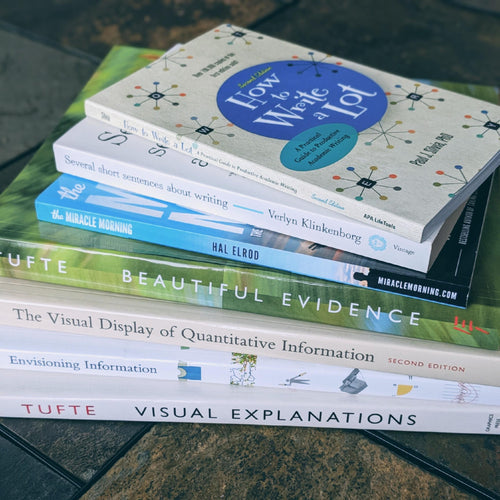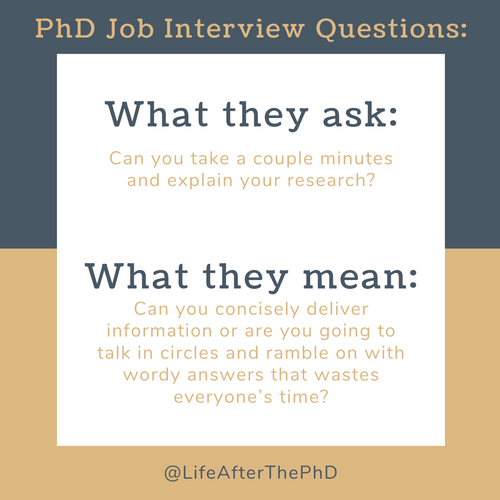Your Cart is Empty
How to use The Pocket Chemist Exam Edition
*Did you purchase this on Amazon? Join our direct customers and get access to our curated list of resources for chemists and chemistry students.
...
The Pocket Chemist Exam Edition was designed by Genius Lab Gear to help chemists and chemistry students quickly and neatly draw chemical reactions so they can spend time thinking about the chemistry, not how to draw polygons. If you are a lucky holder of The Pocket Chemist, the below instructions will illustrate how to use every single feature, even some you might not know exist!
1. Organic chemistry molecule stencils
Use these stencils to quickly and neatly draw cyclohexane, cyclopentane, cyclobutane, cyclopropane, benzene rings, chair conformations and boat conformations. To complete your chair conformation and a ring flip, see our other post on “The easiest way to draw a cyclohexane chair conformation and ring flip.”
To effectively use the benzene ring stencil, first start by drawing the outer hexagon using the cyclohexane stencil. Then, slide The Pocket Chemist to the left so that the hexagon you drew is visible in the three outermost sides of the benzene ring stencils (upper right, left, lower right) and the laser-engraved thin lines overlap the other three lines that are hidden. When it’s aligned, draw the three inner bond lines. You can adjust the spacing to the outer ring by tilting your pencil inward or outward as you draw. If needed, use the carbon chain stencil to continue your molecule!

2. Protractor and angle drawing tool
The left front contains a 180 degree arc for measuring and drawing bond angles. Every 20 degrees are annotated. The long lines are every 10 degrees and short lines are every 5 degrees. The straight line cutout denotes 90 degrees and can help to quickly draw right angles.
To draw or measure your own angle:
- Align a starting straight line to the flat edge on the outside of the tool.
- Add a center dot to denote your vertex, in the gap at the center of the arc tool.
- Add a dot at the angle you wish to draw. If measuring, find the angle where the line to be measured intersects.
- Slide away The Pocket Chemist and use the straight edge to connect your dots and complete your angle.
3. Compass for drawing arcs (in inches and centimeters)
The through holes lined up with major inch and centimeter markings are for drawing arcs and circles of the corresponding radii.
To draw a 6 centimeter radius 60 degree arc:
- Create a vertex, 0 degree and 60 degree dots using the angle drawing tool described above
- Line up the half-hole at 0 cm to your vertex dot and the 6 cm hole to your 0 degree angle dot.
- Using two pencils (or one pencil and a sharp narrow object), put one in each hold and with a slight inward pressure drag the 6 cm hole in the desired direction until it covers approximately 60 degrees. Keeping slight inward pressure ensures the arc does not come out jagged.
- Use the straight edge to connect your vertex and 60 degree dots, then extend the line out until it intersects your new arc. Simply put a dot at the intersection if you don’t want the connecting line.
- Erase any arc past the intersection point.
To draw an arc with a 0.5 cm, 0.5 inch, 0.25 inch or 0.125 inch increment:
- Repeat step 1 above.
- Instead of using the edge half-hole, start your vertex at the sub-integer hole and count forward to the desired radius, remembering to subtract the distance from the edge to the hole of your vertex.
- Repeat steps 3-4 above.
4. Rulers
The centimeter side is marked to each 1, 5 and 10 mm while the inches side is marked down to the 1/32nd inch where each smaller unit has a shorter mark line. Note that the origin (zero) side starts flat (flush) to the edge of the tool. This allows you to easily measure the height or depth of an object on a flat surface. For the highest precision on paper, start your line at the “1” marking instead of the edge.
5. Flat head screw driver
The end of the inch ruler is an angled flat for use as a flat head screw driver when you’re in a pinch. It won’t work will all screw sizes, shapes and depths but will be useful in most situations. The card is stainless steel and quite sturdy but take care not to over-torque it or it may start to bend.
Did you know we have another version packed with reference information to help you get your homework done faster? Grab one at The Pocket Chemist product page.

Most Popular Collections

11 books to help get you through grad school (in 2025)
Think you only have time to read text books in grad school? That’s what I thought too. You ...

How to read scientific papers quickly (and effectively organize them for a literature review)
It can seem like an impossible task: tediously reading dry academic research articles, foll...

8 PhD Job Interview Questions: What They Ask vs. What They Mean
Interview questions aren't always what they seem. Outsmart the interviewer by studying this list ...

27 ILLEGAL Interview Questions to Know Before Your PhD Job Interview
This list gives 27 common questions that interviewers should know are...
Featured collection
Collecting our best-selling gear for passionate scientists and engineers. These make unique gifts to your colleagues, students, professors, or to yourself!

























